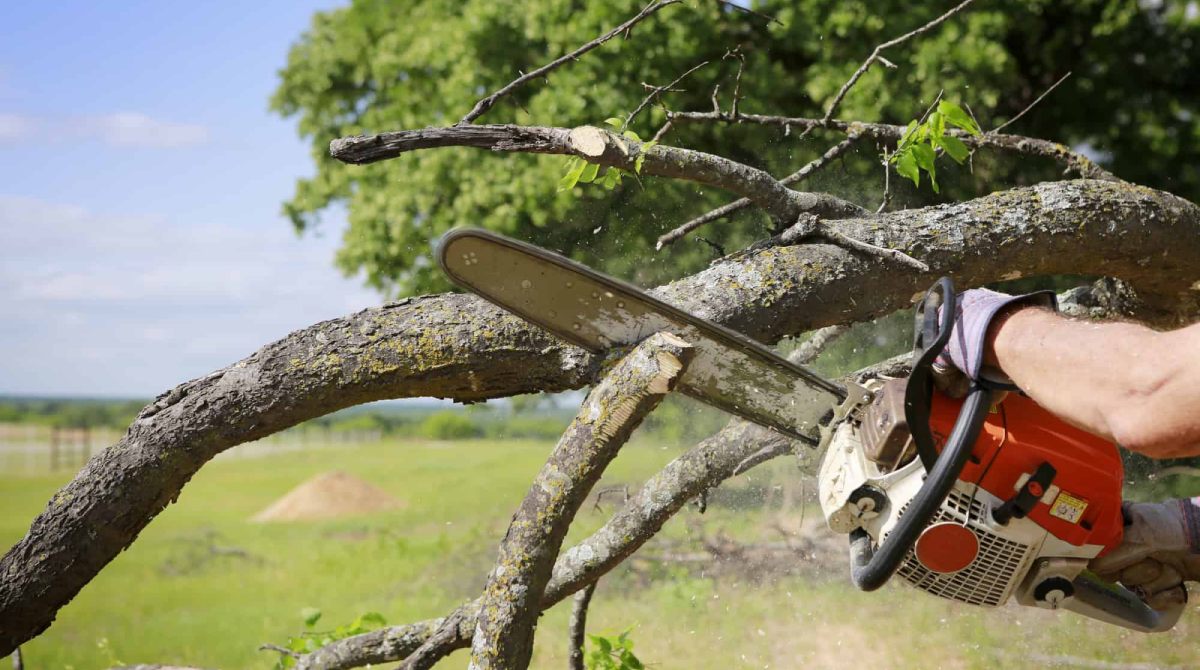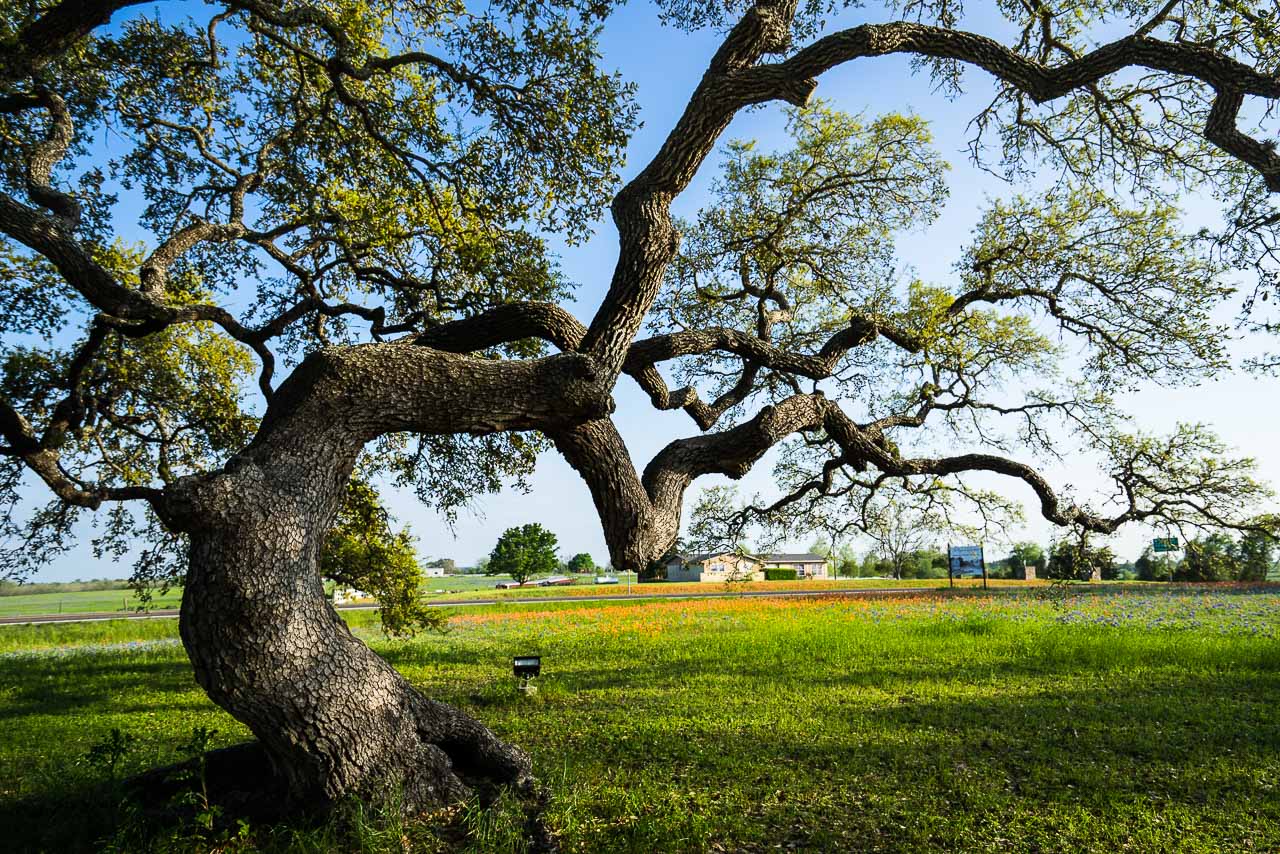
Introduction to Tree Health and Inspections
Date September 12, 2023
Understanding Tree Health: A Brief Overview
- Trees as vibrant, living organisms play a pivotal role in sustaining our world.
- They act as the lungs of our planet, influencing climate and producing life-giving oxygen. Their role in our ecosystem is undeniable, especially when considering their significance in urban landscapes. Urban trees offer shade, reduce pollution, and enhance our life quality.
- TreeNewal is DFW’s leading qualified expert to assist in all tree health needs.
The Concept of Tree Inspections
- Think of tree inspections as regular health check-ups but for trees.
- So, why are tree inspections so crucial? Trees, like humans, are susceptible to diseases, structural issues, and environmental stress. Timely checks can prevent complications, ensuring they live a healthy, long life.
Part 2: The Essential Benefits of Tree Inspections
Early Detection of Diseases and Pests
- Common tree diseases include the likes of Oak Wilt, Dutch Elm Disease, and Apple Scab.
- The unchecked progression of pests and diseases can decimate forests and urban tree populations.
- Regular inspections act as a safeguard, enabling early detection and preventing potential spread to healthy trees.
Ensuring Structural Stability
- Unstable trees in urban environments pose risks like property damage or even injury.
- Through inspections, potential structural issues can be identified early, reducing risks and ensuring public safety.
Enhancing Growth and Longevity
- Regular check-ups play a direct role in enhancing a tree’s growth pattern.
- By identifying issues early, inspections ensure trees can flourish, potentially extending their life span.
Economic Implications
- Ignoring the need for tree inspections can lead to expensive solutions down the line.
- However, proactive tree care can result in significant savings, avoiding the costs of property damage, disease control, or tree replacements.
Part 3: Potential Issues Prevented by Regular Tree Inspections
Preventing Soil Compaction
- Compacted soil can suffocate tree roots, stunting growth, and causing health issues.
- Modern inspection techniques offer ways to pinpoint areas of compacted soil, recommending methods to aerate and rejuvenate the soil.
Spotting Weak Branches and Limbs
- Falling branches in public areas are hazards waiting to happen.
- Inspections play a crucial role in identifying these weak limbs early on, recommending either treatments or safe removal.
Mitigating Drought Stress and Improper Watering
- Trees showcase signs of water stress through wilted leaves, early leaf drop, and brittle branches.
- Regular inspections guide tree owners on correct watering techniques, ensuring trees get the hydration they need without the risk of over-watering.
Avoiding Root Rot and Decay
- Root rot, often a consequence of excessive water, poses severe threats to tree health.
- Inspections can catch early signs of decay, suggesting interventions to save the tree.
Part 4: FAQs based on “People Also Ask” section for “Tree Inspections”
- What is the ideal frequency for tree inspections?
-It varies based on tree age and location. Typically, once a year is recommended, but older trees or those in high-risk areas might require more frequent checks. - How are tree inspections conducted?
-Through a combination of visual checks, equipment-assisted evaluations, and sometimes lab tests for suspected diseases. - Can I perform a tree inspection myself or do I need a professional?-
- Basic checks can be done by individuals. However, for a comprehensive understanding, especially for older or high-risk trees, a professional arborist’s expertise is recommended.
- What is the average cost of a tree inspection?
-Prices vary based on location and tree size, but on average, it can range from $100-$500. - What actions are recommended post-inspection?
-Depending on the findings, it might range from no action, regular watering, treatments for diseases/pests, to branch removal or even tree removal in severe cases.
Part 5: Conclusion and Call-to-Action
To sustain the vital roles trees play in our ecosystem, proactive care through regular tree inspections is not just recommended, but necessary. Don’t wait for visible signs of distress; make tree health a priority today.
Understanding and caring for our trees is more than just an environmental responsibility; it’s a commitment to sustaining the planet’s vital lifelines. Regular tree inspections are a game-changer, detecting potential problems before they escalate. If you’re in the Dallas and Fort Worth Metroplex, trust in TreeNewal’s expertise. Serving clients diligently since 2017, they are the go-to experts for all your tree inspection needs.








